Go the extra mile
Towards a cooler planet
Food prices in the UK are going up because of climate change
Have you ever stood at the register, looked at your grocery bill, and thought, "How did it get this high?" For a lot of families in the UK, this moment of sticker shock happens all the time. New research shows that changing weather patterns are messing up global harvests, which is changing the contents of shopping baskets.
Climate change and rising food prices
Agricultural economists discovered that the extreme heatwaves and floods of 2023 raised the average monthly grocery bill by £19. These price jumps caused by climate change now make up 33% of yearly increases. This trend is also affecting Kiwi consumers through imported goods. One mum from Bristol told reporters, "I'm switching from fresh veggies to frozen ones, not by choice but by necessity."
What does this mean for planning meals in the future? When crops fail in Europe's breadbasket areas, it has an effect on supply chains, which raises the prices of basic foods like wheat and tomatoes. The Office for National Statistics says that food prices are now going up faster than wages in 78% of UK postcodes. Even though New Zealand's local produce helps protect it from some effects, global market pressures still get through.
Important points
• One-third of the price increases in UK groceries last year were due to climate change. Extreme weather events now happen all the time and mess up food production around the world. Without major changes, prices will keep going up.
• Families change their diets and shopping habits to adapt. Economic pressures affect more than just people; they also affect the stability of the country.
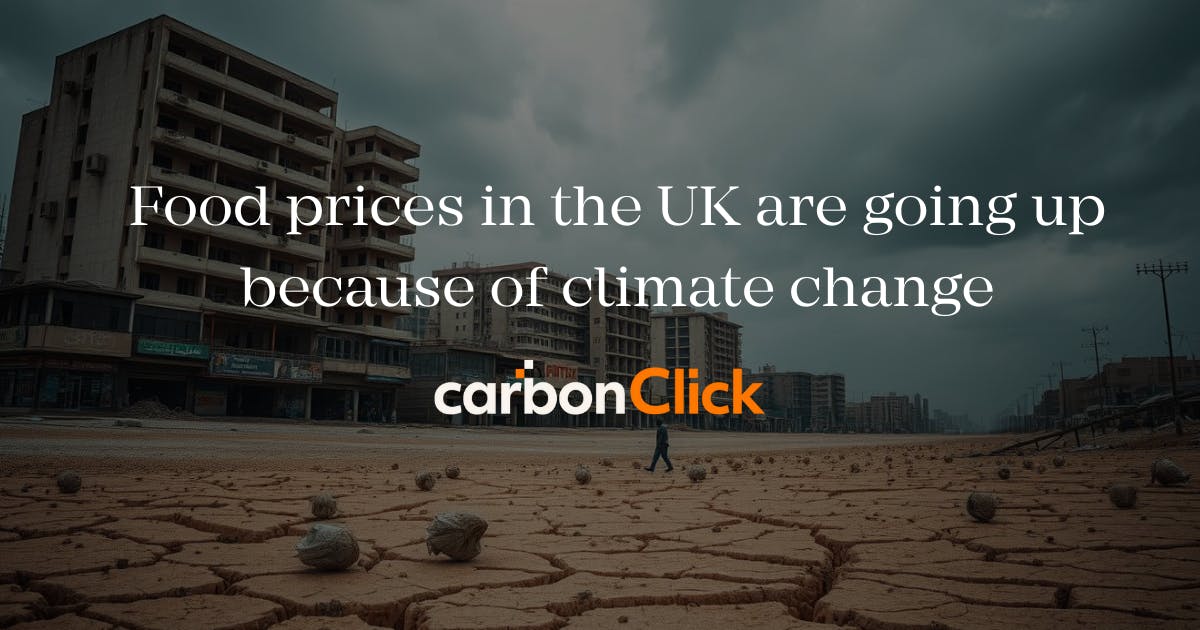
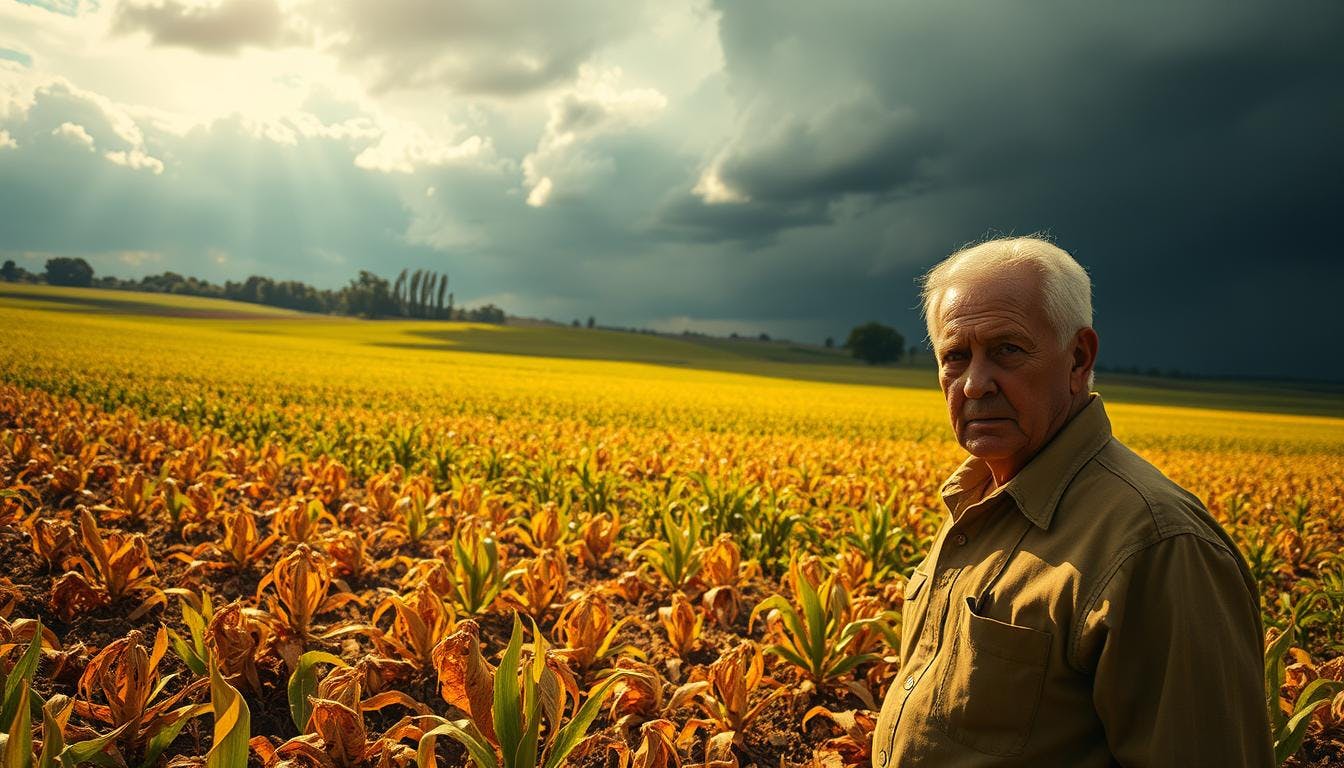
How climate change affects food prices
That storm that flooded roads during the last harvest? It could be the reason your pasta sauce costs more now. Unpredictable weather patterns have a domino effect on farming systems, which in turn affects the prices we pay at the grocery store.
Image 2
A look at how climate affects farming
Crop calendars are no longer reliable. Think about these problems that farmers have to deal with:
• Heatwaves during flowering stages cut down on fruit yields.
• Unseasonal rains ruining grain stores before they are moved
• Droughts making the cost of irrigation go through the roof
"We're spending more time responding to weather alerts than planning rotations," said a wheat farmer from Canterbury recently. This scramble has an effect on both the quality and quantity of crops.
Effects on the safety of food around the world
When big producers like Argentina's soybean belt or Vietnam's rice paddies are affected by climate change, supermarkets all over the world feel the effects. There are three important patterns that stand out:
• Limits on exports during bad harvests
• Shipping delays are longer because of ports that were damaged by storms.
• Price speculation is what makes the market so volatile.
The Nature Food journal says, "The time of predictable abundance is coming to an end." Food systems need to change faster than the climate changes that are changing them.
How higher temperatures affect food prices
Imagine opening your fridge and seeing that the things you need are getting more expensive every week. Researchers have now confirmed what shoppers have long suspected: warmer weather directly affects supermarket sales. Recent research shows how heat affects prices long after the harvest is over.
New UK research evidence
A groundbreaking study monitoring 27,000 global observations identified unexpected patterns:
• Every 1°C rise in temperature each month causes prices to go up 0.17% over the course of a year.
• Summer heat waves cause prices to rise more than winter warming does.
• Effects last longer than thought, even after seasonal changes.
One researcher said, "We're seeing permanent changes, not just temporary ones." The prices of bread next year will depend on the weather in July. This goes against economic models that say prices will go up quickly.
Long-term predictions and trends
Forecasts show a worrying picture. If things keep going the way they are, prices could go up by 3.23% a year around the world by 2035. Three main things make risks worse:
• Less crop resilience during important growth stages
• More expensive to store goods that are sensitive to temperature
• Disruptions in transportation during extreme heat events
Wealthy countries are under the same kinds of pressure as developing ones. Advanced shipping or irrigation technology only slightly weakens the link between heat and cost. As temperatures rise, so do the prices at stores all over the world.
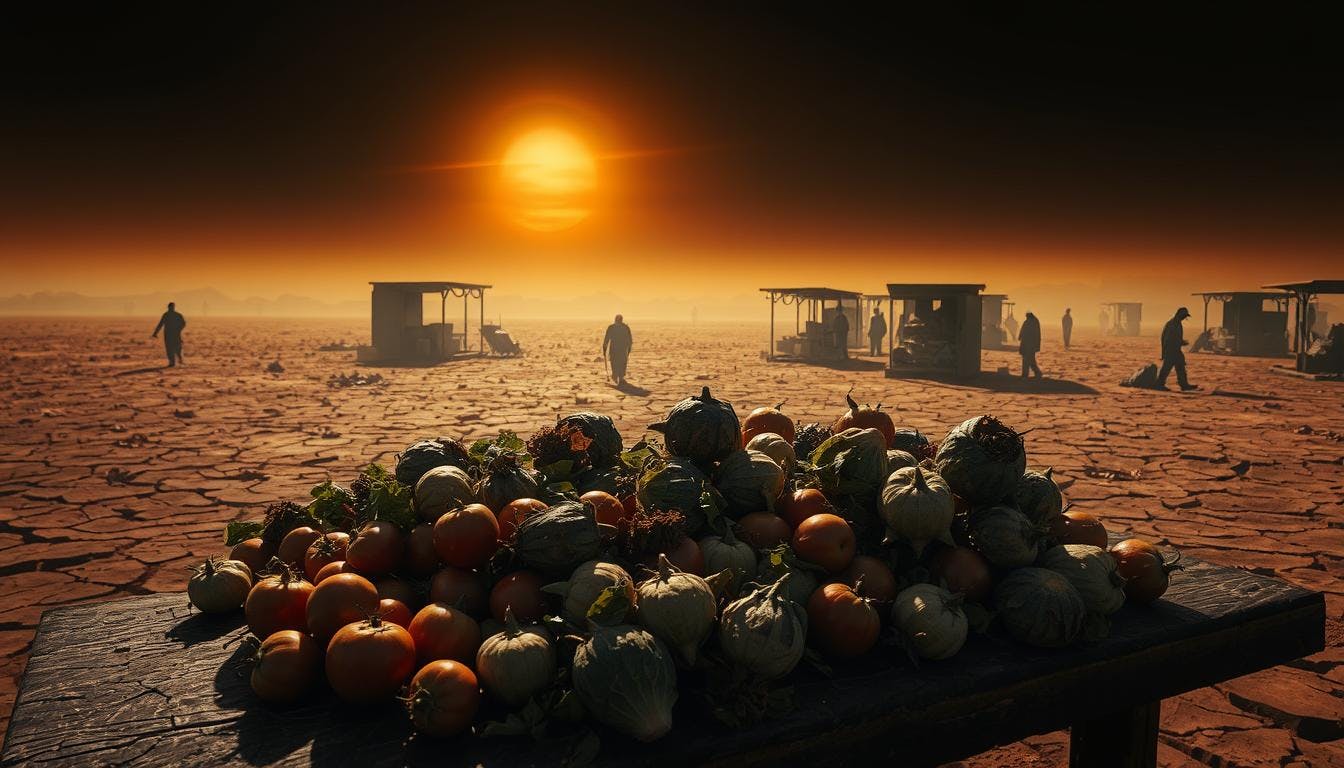
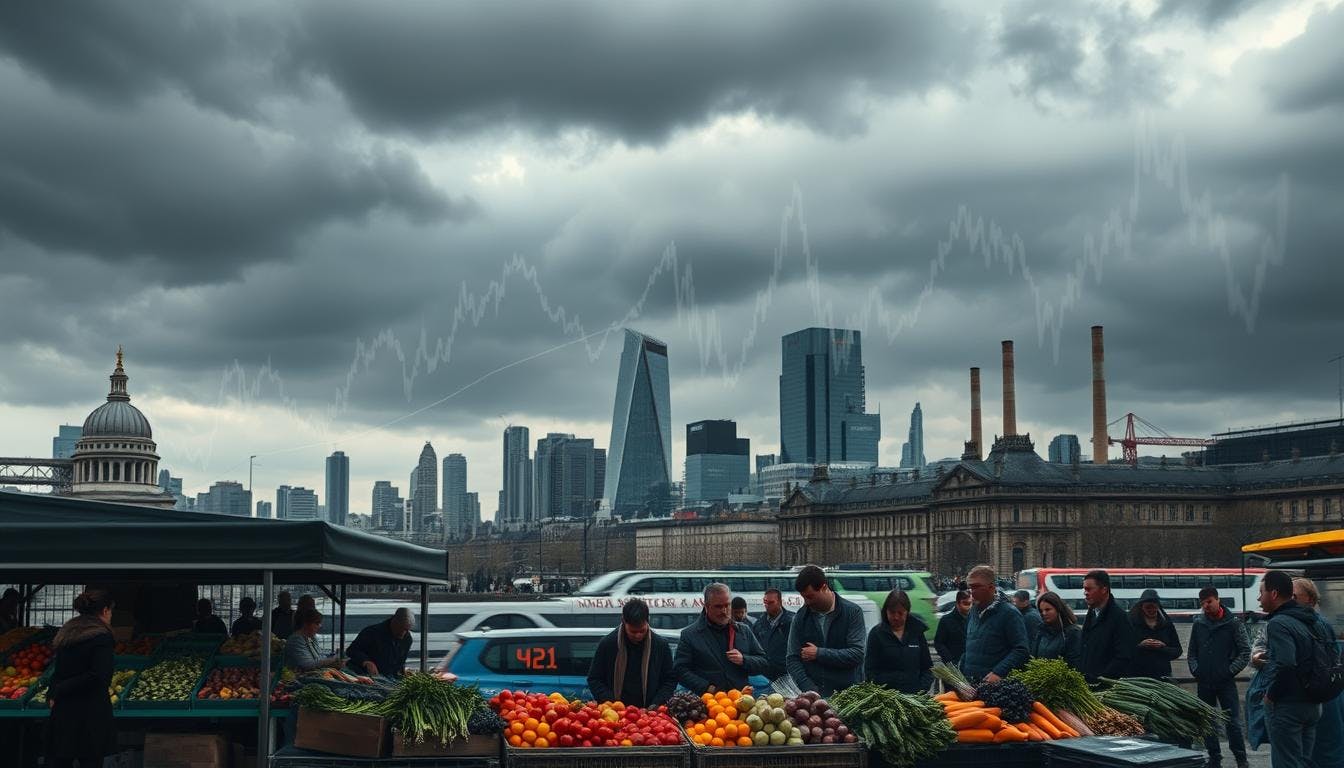
Food prices going up and the weather changing
Every price tag has a story about problems with the environment. The weather is getting hotter and the rain is falling more erratically. This doesn't just affect farmers' fields; it also changes the prices we pay for everyday things. These changes send waves through the system that reach from paddocks to supermarket shelves.
How changes in the environment raise prices
There are many things that make costs go up. Frosts that happen at random hurt fruit blossoms, and beef livestock that are stressed by the heat need expensive feed supplements. Flooded roads that cause transportation delays add to the cost of logistics. A recent report brought attention to three main pressure points:
• Yield decreases during important growth periods
• Higher energy costs for storing things at a certain temperature
• Restoring infrastructure after bad weather
Why the location changes the equation
Not every area feels these pressures the same way. Tropical areas always have problems, but temperate zones only see them in certain seasons. New Zealand is in a unique position because it both exports and imports some goods. Kiwi shoppers have to pay more for things like rice and cooking oils that come from other countries when their crops don't do well.
"Our success in exporting depends on stable conditions abroad," say local experts. One bad season in another country can make it harder to get supplies here. Because of this, weather problems in one place affect budgets everywhere.
Trends around the world and a comparison of them
Why do your grocery store receipts show that there was a drought in Brazil's coffee fields or floods in Pakistan's rice paddies? Recent studies from around the world show how interconnected food systems turn weather disasters in faraway places into higher prices at home. Analysts now look at how climate affects things across borders and find patterns that affect every shopping basket.
What we learnt from studies around the world
Data from 43 countries shows a worrying trend: prices could rise by 3.2% a year by 2035. All countries are under pressure, but people in developing countries have to spend up to 60% more of their income to deal with these price increases. "A 1% increase hits Nairobi harder than London," one researcher said. "That's the harsh maths of inequality."
This imbalance is clear in Africa's situation. The continent has the biggest price increases, even though it only accounts for less than 4% of emissions. Changing rainfall patterns make crops like maize and sorghum, which are important parts of people's diets, especially vulnerable.
Having a variety of businesses can help protect you. Countries with diverse industries and robust welfare systems are more adept at absorbing shocks. For some, the answer is working together on a global scale. As supply chains go across continents, local weather events now affect markets all over the world. This means that every shopper is now part of this global equation.
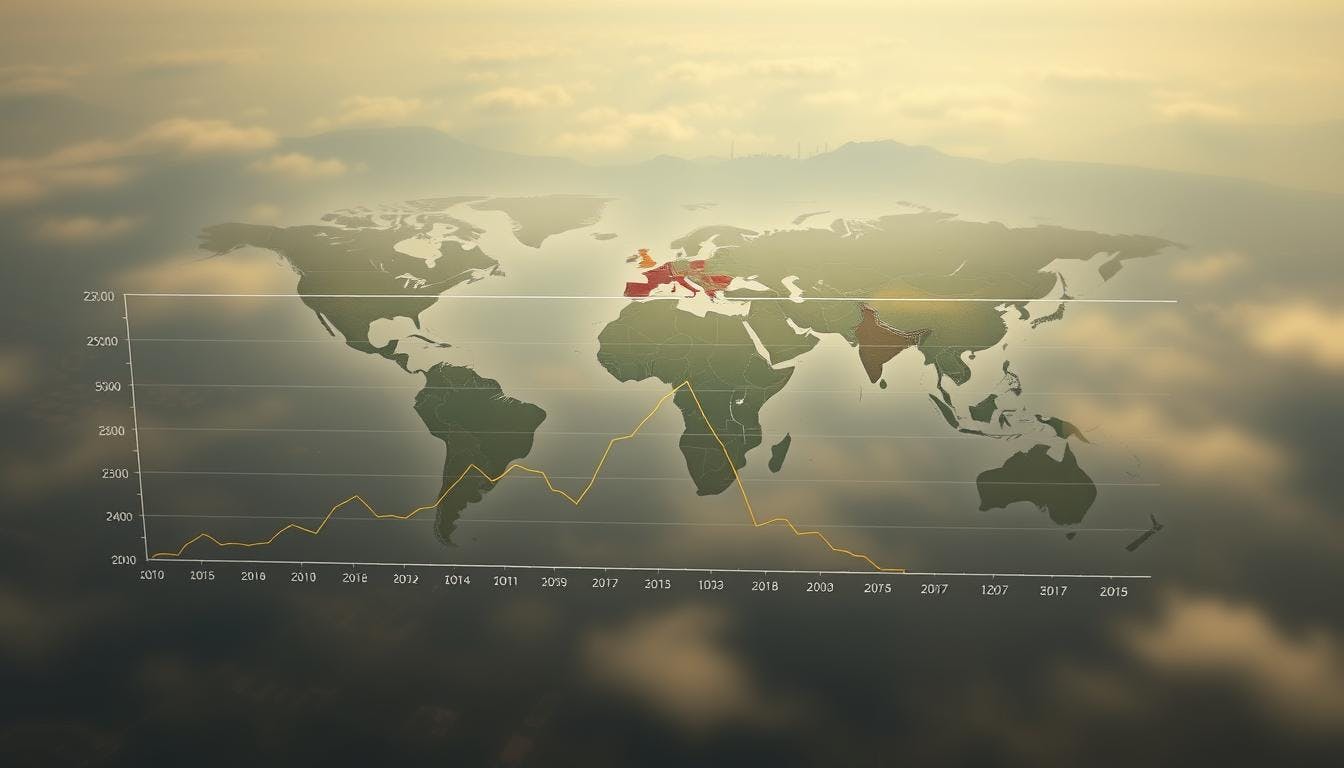
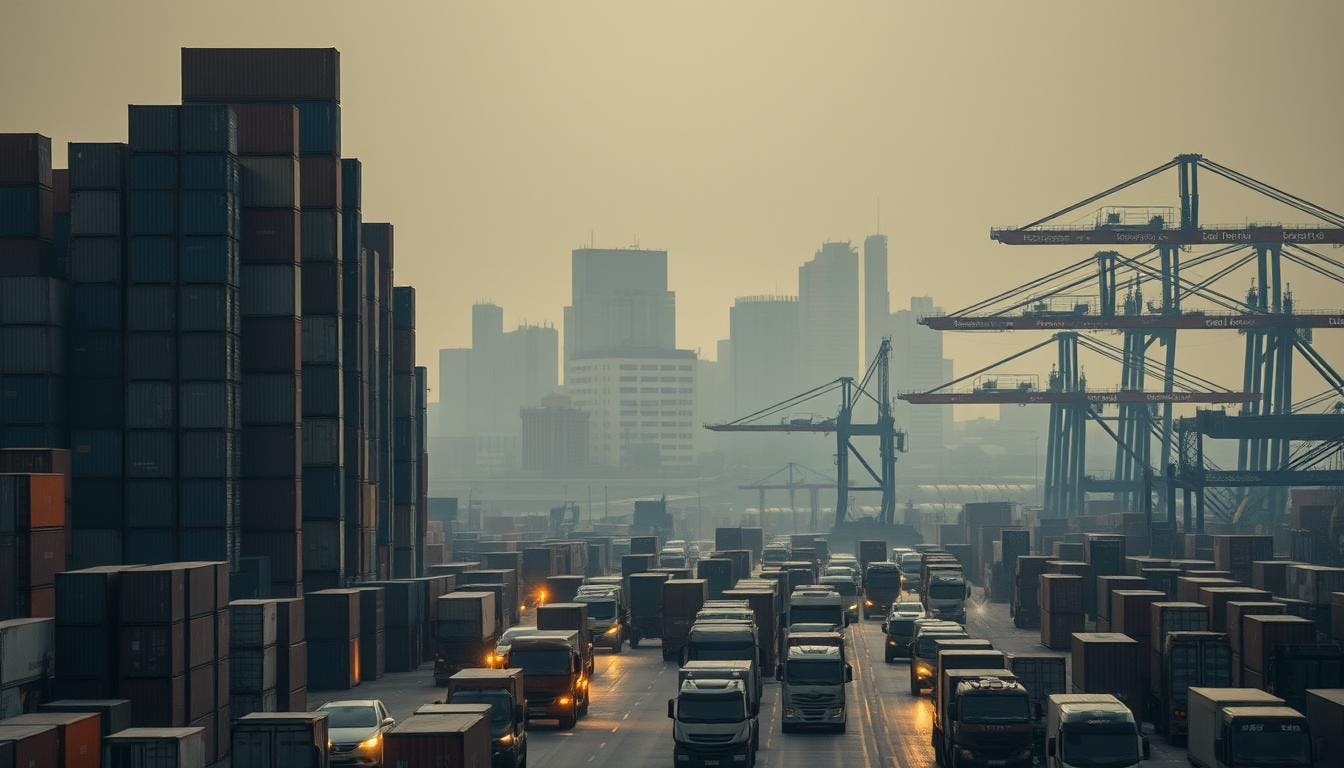
How it affects supply chains and farming
Have you ever noticed how shelves seem to empty out after a lot of rain? That's climate change changing the rules of the supply chain in real time. Extreme weather and rising temperatures don't just hurt farms; they also change how goods get from paddocks to plates.
Weaknesses in crop production
During flowering stages, heat waves slow down growth, and rain that comes and goes drowns roots. Pests do better in warm weather and attack plants that are already weak. A Hawke's Bay orchardist said, "The apples from last season were smaller, which meant more work for less money."
Water shortages make it hard to choose. Areas that used to be great for wheat are now having trouble with dry soils. Meanwhile, unexpected frosts hurt young shoots. These overlapping stresses make it feel like winning the lottery when you get a good harvest.
Effects on fish and livestock
During heat waves, cows make less milk, so they need barns with shade and more water. When there is a drought, grain supplies drop and feed prices go up. Marine systems are in double trouble: warmer oceans push fish stocks south, and acidification makes shellfish weaker.
Processing plants have their own problems to deal with. Storms that knock out power spoil food that is kept in the fridge. Perishables rot in trucks because of delays in transportation. One fisherman from Nelson said, "We're racing climate clocks every day—catch, process, and ship before the weather changes."
Long-term forecasts point to big changes. Within a few decades, up to 30% of the current growing zones may no longer be usable. Before empty shelves become the norm, adapting means rethinking everything from the types of crops to the delivery routes.

The economic effects of rising food prices caused by climate change
It feels like walking a tightrope when you have to balance your weekly needs with rising bills. Studies show that groups that are already weak are hit the hardest by rising costs. During the living crisis of 2021/2022, UN data showed that 71 million people around the world fell into poverty. This is a clear example of how unstable prices can ruin lives.
Inflation is putting pressure on household budgets.
When basic things cost more, families with less money have to make hard choices. Rent and medical bills are now competing with basic needs like bread and vegetables. One parent in Christchurch said, "We're skipping meals so the kids can eat right. No parent should have to go through that."
Price jumps that happen all the time are different from ones that happen for a short time. They take away savings and make people choose between food and heat. People who make minimum wage spend more than 30% of their income on food, which doesn't leave much room for surprises.
Experts' views on how to respond to economic policy
Interest rates and other traditional tools don't work well when there are problems in the supply chain. "You can't raise rates to get out of flooded farms or failed harvests," says economist Dr Lena Wu. To find solutions, we need to rethink how we support people and how we invest in infrastructure over the long term.
During these crises, the gap between rich and poor gets bigger. Some families with more money change their menus, while others have empty cupboards. This imbalance puts a strain on social cohesion, showing that having full trolleys is just as important as having balanced budgets for keeping things stable.
Strategies for adaptation and policy responses
To move forward, we need more than just individual changes; we need coordinated action across borders and sectors. Recent global commitments show that more and more people are aware of how problems are connected. More than 100 countries now put systemic solutions first, thanks to things like the COP28 declaration.
Support helps farmers build resilience.
Policies that look to the future are helping farmers deal with unpredictable weather. Putting money into seeds that can survive drought and watering systems that work well looks like a good idea. Some areas are testing subsidy programs for farmers who use soil-health practices.
Reimagining ways to grow
New technologies and old ways of doing things come together in innovative ways. Rotational grazing patterns help keep land from getting worse. Water-smart farming methods keep crops safe from both floods and dry spells. These methods keep yields high while putting less stress on the environment.
Cooperation between countries is still very important. Communities can get ready for disasters by sharing research on different types of crops and how to respond to them. As countries adopt climate-conscious policies, collective advancement is achievable—one harvest at a time.
17 South Street
Auckland 1010
New Zealand
info@carbonclick.com- -
- X
Sign up. Be inspired. Get clicking.
Subscribe now to stay up to date with CarbonClick, carbon offsetting and climate action.
By signing up you agree to our Privacy Policy.


